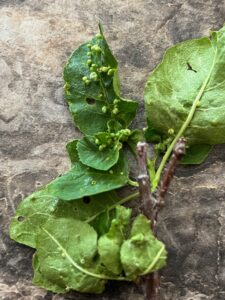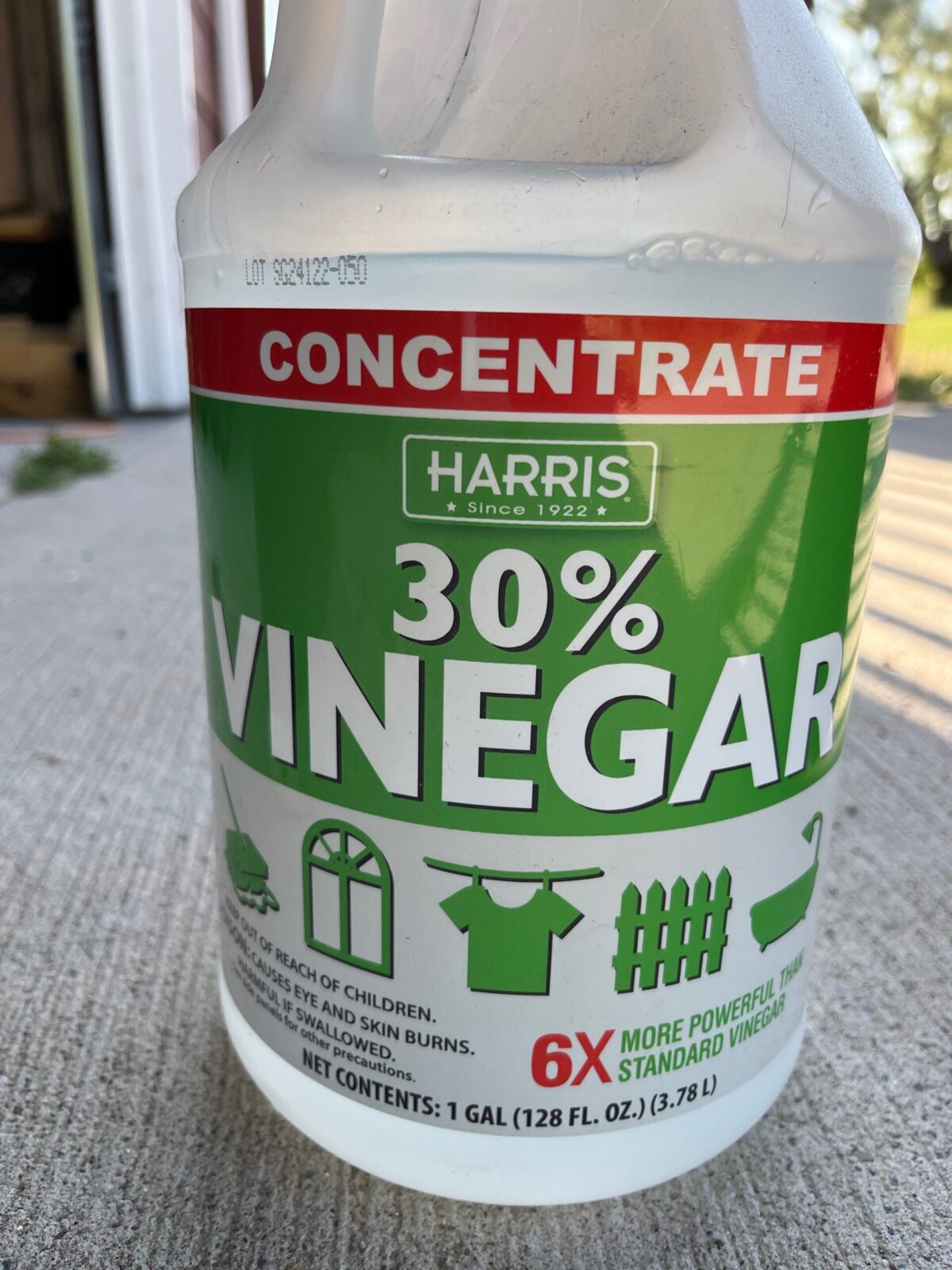What Are Plant Galls and Are They a Problem?
Views: 284

Do the leaves on your trees have bumps? When there is injury or stress, especially from an insect, particularly during the time when the tree or shrub is growing vigorously in the spring, they’ll often produce these abnormal growths we call plant galls. But what our galls and do they affect plant health?
There are multiple reasons that plants develop galls. It could be the result of a virus, bacterial, infection, or some sort of mite, but more often than not, insects are the culprit.
What Do Plant Galls Look Like?
Plant galls take on such a wide variety of appearances, depending upon the source of the irritant. This year, many of the lilacs in the area, have large bumps on the foliage, which is also a bit deformed. These types of abnormal growths can range from tiny pinpoint sized dots to more dramatic, rather large forms.
Galls can also come in different colors. The ones on the lilacs are green, but don’t be surprised if you see bumps that are red, yellow or even black. The eriophyid mite is a common pest for maples, and the resulting galls turn a crimson color towards the end of the season.
Besides abnormal growths on the leaves, galls can form large knobs and tumor-like looking growth on the stems and branches of the shrub or tree. With hundreds of possible origins of the stressor, it makes sense that they take on many different shapes, sizes and colors.
Insects Causing Plant Galls
One of the most common reasons that plant galls are formed is because of insects feeding upon the plant or laying eggs within it. There are some sucking insects, such as aphids, whose salivary secretions cause this reaction from the plant.
Other times, this reaction results from the insect laying the eggs on the foliage itself. This vigorous groceries during the spring causes the plant to grow around the egg. Many times this is a function of the reproductive cycle of that particular insect, and the larvae will feed inside of the gall. Cynipid wasps are one example of this parasitic type relationship, but what is particularly interesting is the wasp larvae secrete a substance that encourages the plant to modify its growth. The larvae feed upon this until large enough to emerge.
Most of the time the presence of galls does not negatively impact the health of the shrub or tree. Sometimes there are leaf deformities to some degree, but it typically is not enough to harm the overall plant. There are rare cases where it can defoliate a specimen, but in this case, you need to take a look at the bigger pest problem, and not simply focus on the gall issue.
Other Reasons for Plant Galls
Fungal infections are another reason for galls. Fungi, such as Phomopsis, causes those knobby, spherical growths on branches. Rust fungus creates the orange appearance on branches, and Apiosporina causes galls to form along the branches.
There are also a number of bacterial infections that create these abnormalities, and nematodes are another big reason that galls form on plants. And, as mentioned concerning the maples, mites are another gall-creating source.
What to Do About Plant Galls
Even though they don’t look very good, plant galls really don’t hurt the shrub or tree. In reality, you don’t have to do anything. If it’s a small amount of leaves affected and it bothers you, feel free to prune them out. But other than that, it’s best to recognize that it’s just part of the bigger cycle and let it go bumps and all.
Meet Amy Grisak
Amy is a freelance author and photographer in Great Falls, MT who specializes in gardening, foods, and sustainable agriculture. She provides information on every kind…
Amy's Recent Posts

Grab Vinegar to Eliminate Weeds








